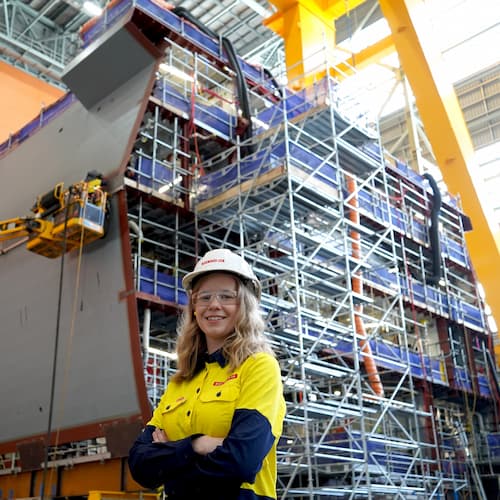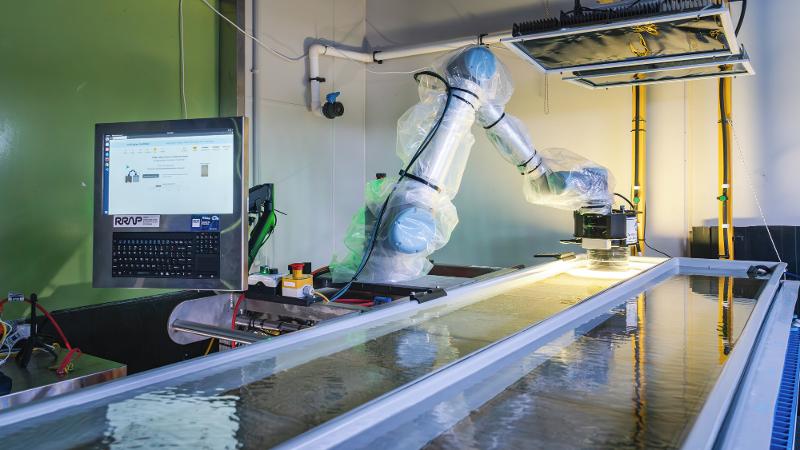A new sector ‘snapshot’ has revealed momentous growth in the Australian life sciences sector over the past two years. The research confirmed that there is a 12 per cent growth in the number of organisations, growing from approximately 1,654 to 1,852, and a five per cent growth in employees, increasing from 232,213 people to 243,406 between 2017 and 2019.
The Australian life sciences sector is a thriving and mature sector. The nation has a well-deserved global reputation as a leading location for innovations to be developed into real-world solutions via industry. The sector encompasses companies and organisations in industry, funding bodies, government & regulatory, research institutes and support services.
The Sector Snapshot 2019 (the Snapshot) was commissioned by AusBiotech to provide an updated overview of the sector in Australia, in terms of organisation and employment numbers across the country, and gender distribution within the sector, to determine how the sector has changed since 2017 when this data was collected for the first time.
The largest growth of 50 per cent was seen in Western Australia, with the number of organisations increasing from 119 companies in 2017 to 179 companies in 2019.
The research shows that 55 per cent of the 1,852 organisations are industry-based: 1,017 companies employ 87,397 individuals. The number of companies has grown by an impressive 16 per cent since 2017, and is the highest employer of the life sciences workforce (36 per cent).
The Australian life sciences industry is dominated by the medical technologies and digital health companies (387), followed by pharmaceutical companies (340) and then food and agriculture companies (290). Each of these areas has seen a growth of 19 per cent, 21 per cent and 7 per cent respectively since 2017. About 86 per cent (875) of these industry companies are classified as small to medium enterprises (SMEs).
ASX listed life science companies has increased 15% since 2017; there are now 161 companies compared to 140 previously reported in 2017. In terms of the economic impact of the sector, these companies have a market capitalisation of approximately $170 billion.
Victoria is the largest life sciences state for industry, with 32,849 employees across 372 organisations. New South Wales is a close second, with 31,365 employees across 365 organisations. Together, the two states represent almost 73 per cent of the life sciences industry in Australia.
In terms of gender equity, women form 51 per cent of the workforce across the life sciences sector and this has not varied markedly since 2017 (50 per cent). However, women in industry are still under-represented in industry (32 per cent). Despite this, there has been a marginal increase in the percentage of executive-level women (21 per cent to 25 per cent) and female board members (13 per cent to 15 percent) when compared to 2017.
The substantial strength of the life sciences sector, shown in the Sector Snapshot 2019 through the growing numbers of organisations and the people employed within it, depicts an actively thriving ecosystem. With the Australian life sciences sector reaching maturity, the additional, snowballing effects are beginning to be seen: more companies, more skills and more potential solutions being worked on.
The life sciences sector has been identified by the federal government as a strategic priority for Australia’s future, and accordingly a strong commitment has been made by the government, in terms of both financial and infrastructural support to further nurture growth in this area.
High-tech industries generate globally competitive economies and sustainable, high-skilled jobs and the flourishing Australian life sciences sector presented in this snapshot is certainly poised to compete on the world stage in a knowledge-based economy.
The sector snapshot can be found here.








